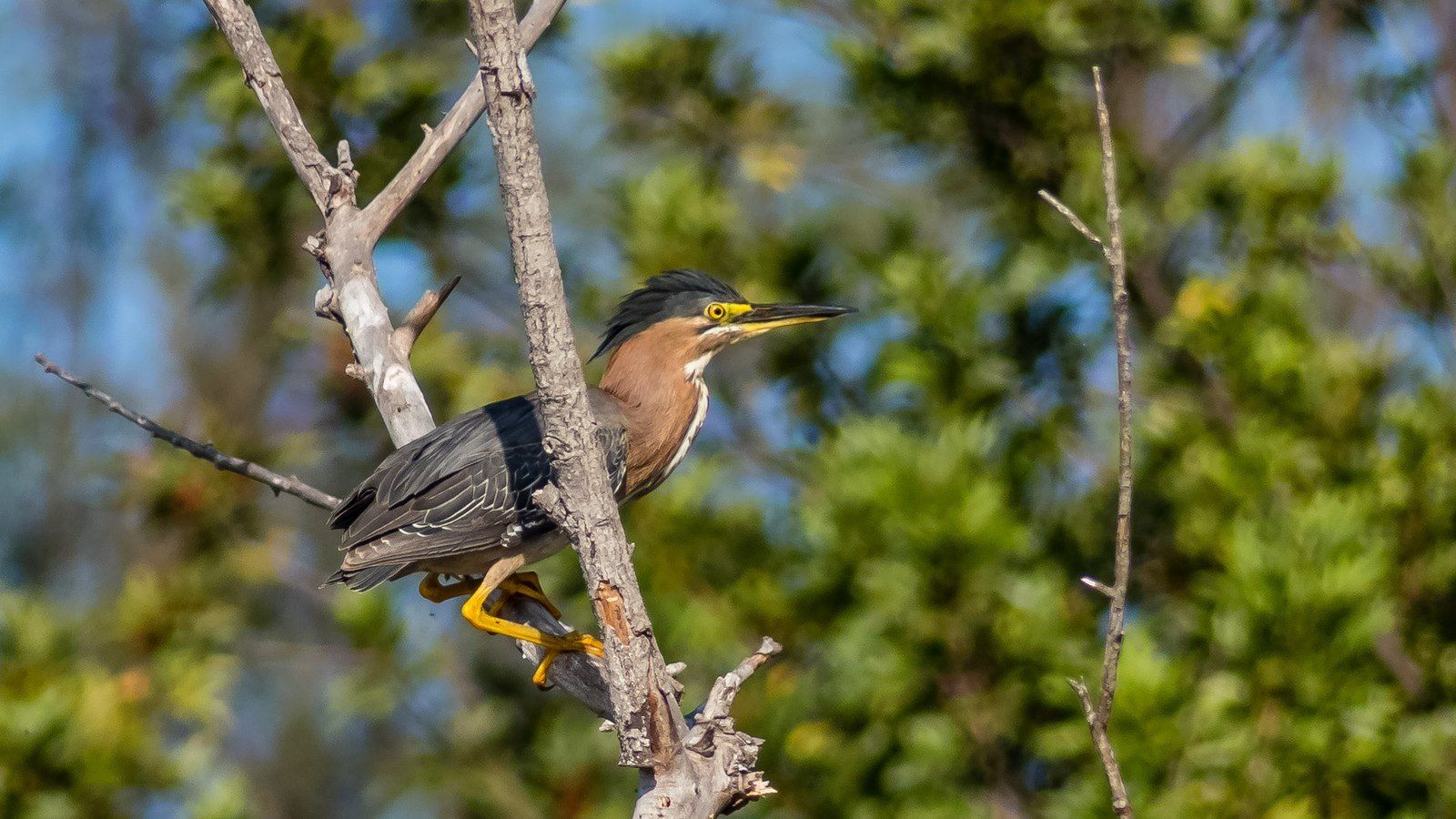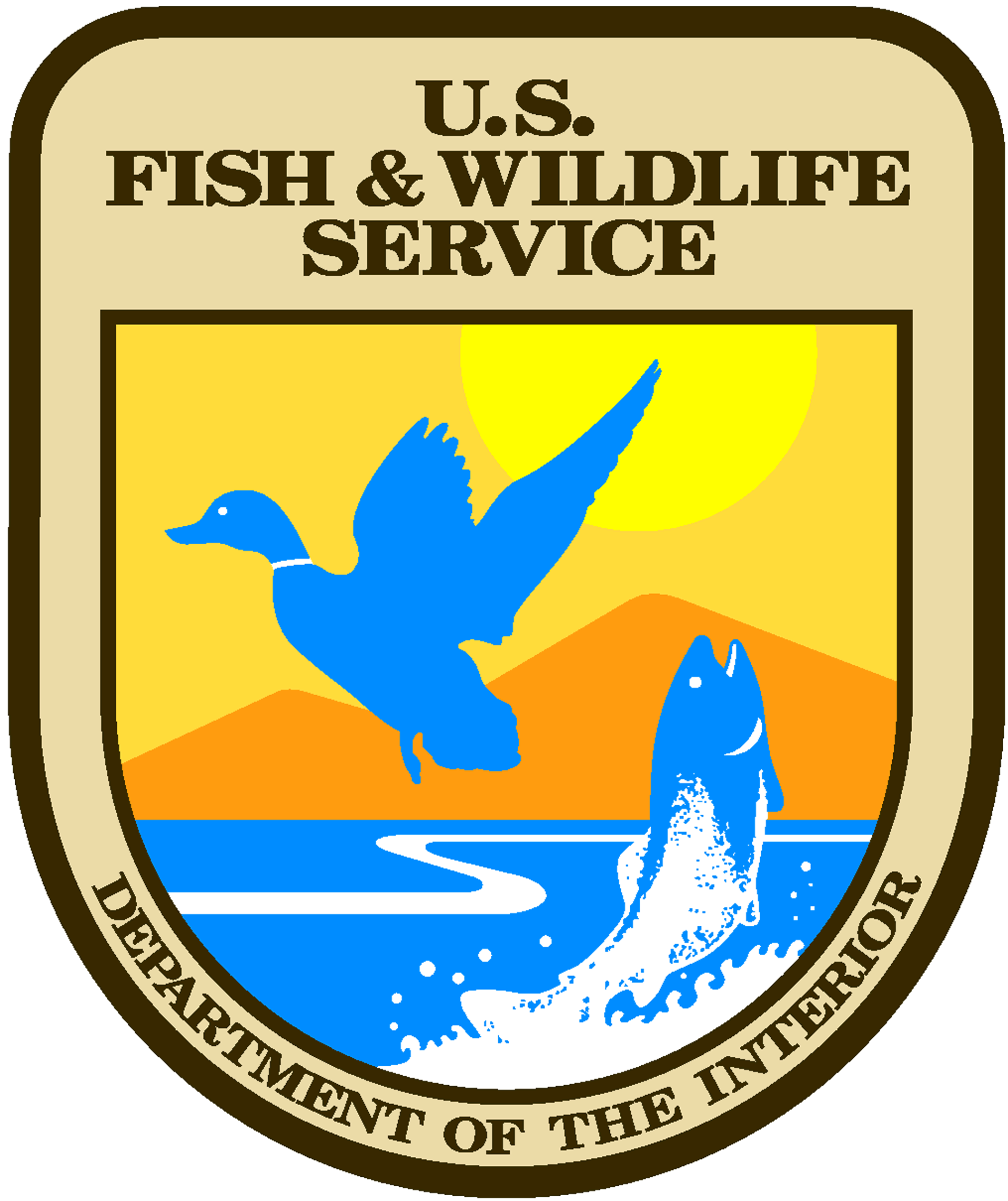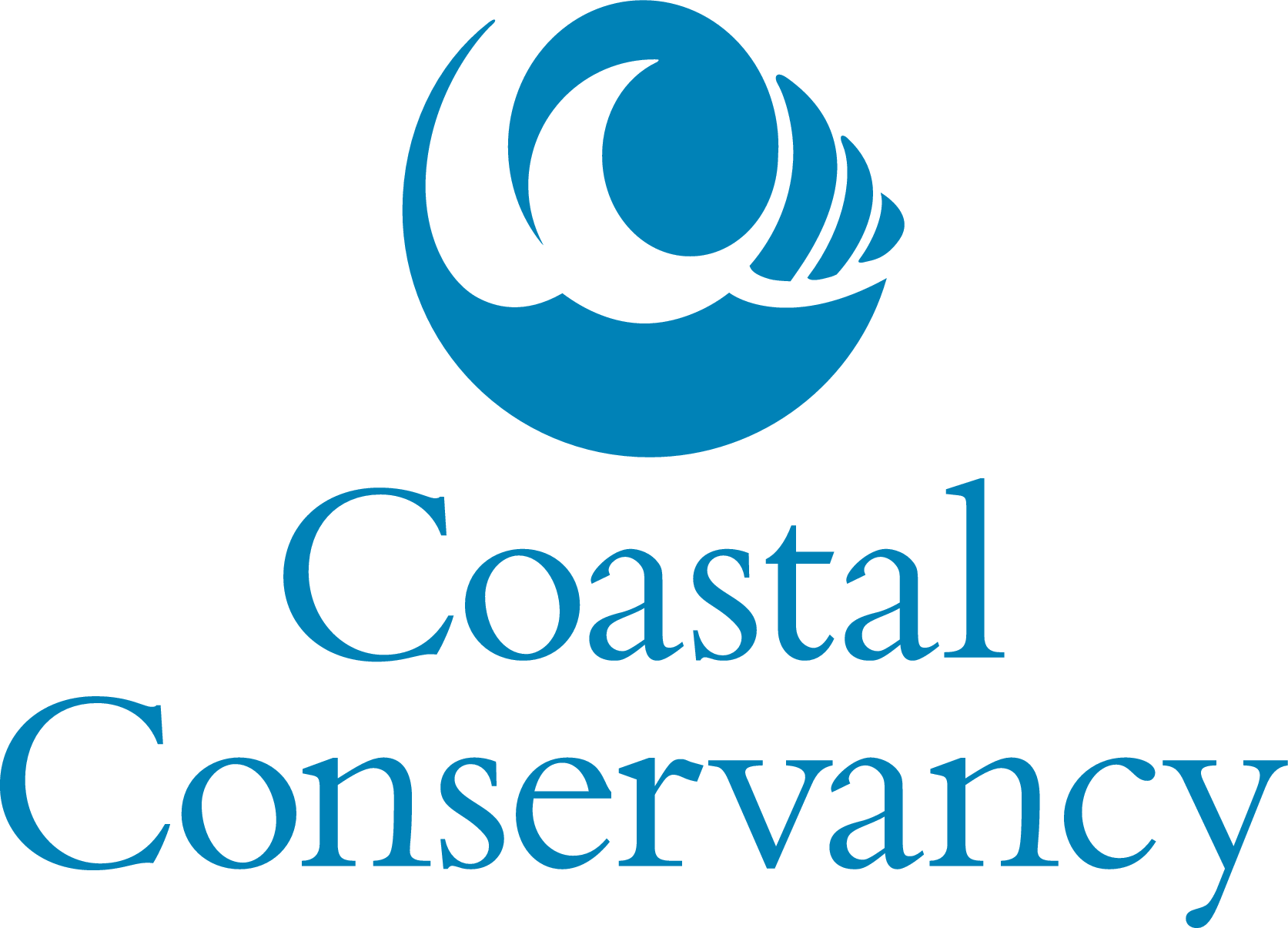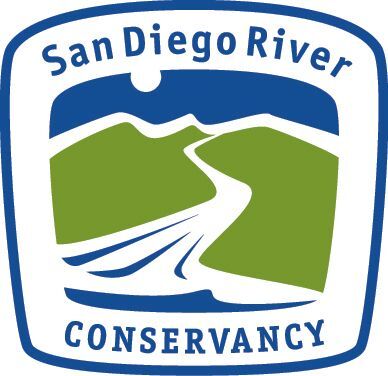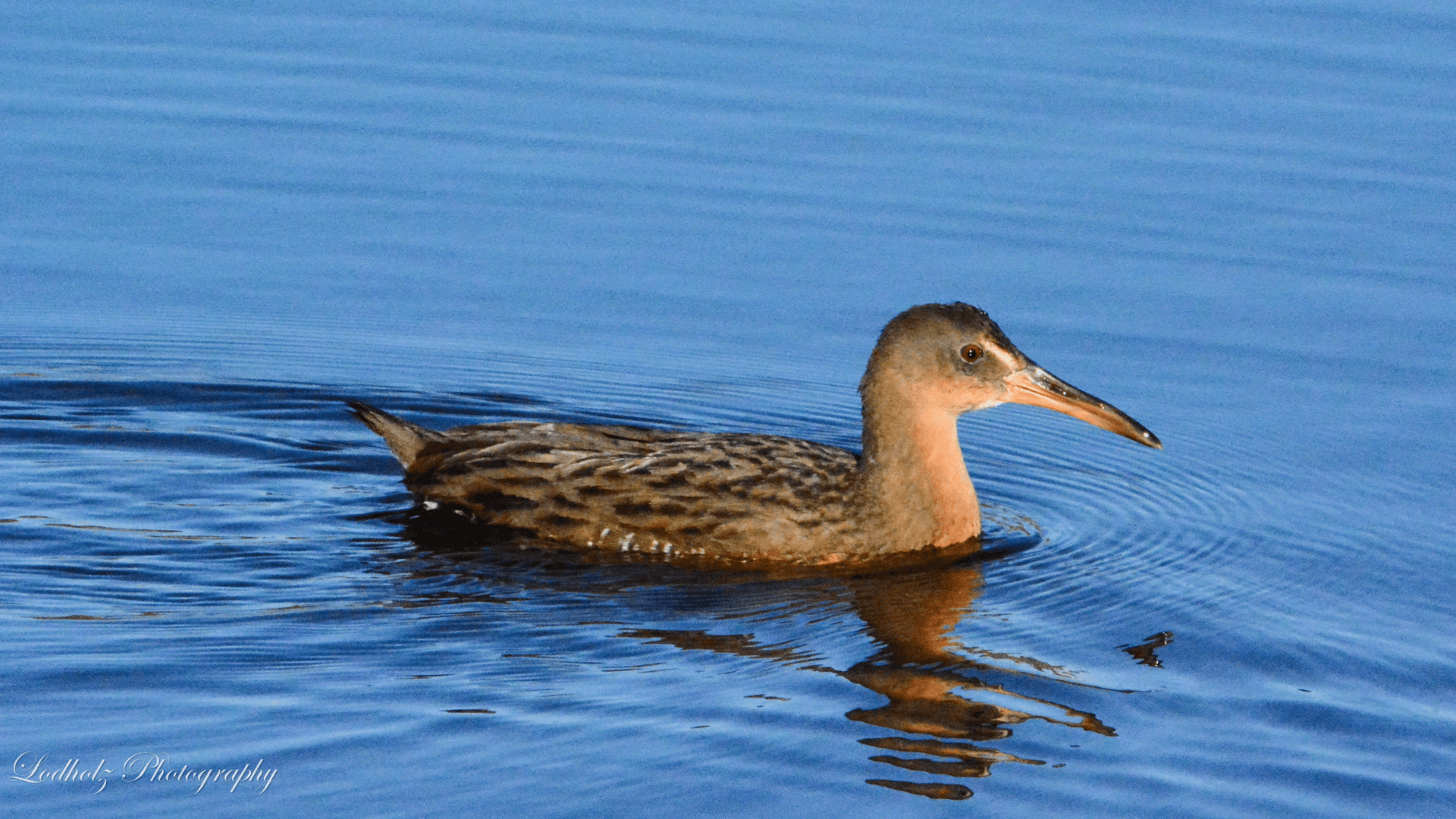
On a mild January day, my family and I ventured to one of our favorite birding spots, the San Elijo Lagoon and Ecological Preserve. The lagoon is located in north San Diego County, next to Solana Beach, Cardiff-by-the-Sea, and Rancho Santa Fe and encompasses almost 1,000 acres. It consists of salt and freshwater marshes, woodland habitat, coastal sage scrub and over nine miles of trails, with 10 different trailheads for the public to access. This gem of San Diego is a prime location for birding, photography, and trails for hiking and horse back riding. On a beautiful sunny day you may even see a local artist set up their canvas along the pathway, painting the serene landscapes.
The trail system is very accessible for all types of hiking levels with many amazing birding viewpoints. My husband John recently did a geospatial analysis on the elevation and trails of the preserve for one of his classes at Arizona State University. Using data he gathered from the US Fish and Wildlife Service and San Diego Associated Government he compiled a map detailing the trail system and access points. He also used elevation data from the popular website alltrails.com detailing the shallow slopes and elevation throughout the preserve making the trail system very accessible for all types of mobility.
The lagoon is well known for its conservation efforts to save the Ridgway’s, Rail, which is recognized as an endangered species. Over the last several years, the lagoon has undergone a major transformation. According to Fish and Wildlife, in previous years the lagoon experienced restricted tidal and freshwater movements, leading to the entrapment of brackish water. This condition had detrimental effects on numerous delicate species, including the California Gnatcatcher, Least Bell’s Vireo, Southwestern Willow Flycatcher, California Least Tern, and the Snowy Plover (D'Ambrosio, 2022). Thankfully, in June 2022 a major restoration project was completed. The Carlsbad Fish and Wildlife Office collaborated with the California Department of Transportation (Caltrans), other federal and state agencies, and conservation organizations to incorporate design and build elements to improve San Elijo lagoon’s ecological health, protect species’ habitat, and slow shoreline erosion between Solana Beach and Encinitas. The endangered light-footed Ridgway's Rail uses Southern California coastal salt marshes, lagoons, and their maritime environs. Lagoons and surrounding upland habitats provide connectivity for wildlife movement from inland to the coastal region, and support habitat for numerous federally listed species. (D'Ambrosio, 2022).
My parents were visiting from Washington State (both members of their local Audubon chapter, Skagit Audubon), and John and I knew this would be a prime birding day trip for them. We hoped to not only see several different types of shorebirds, waterfowl, or maybe even an Osprey, but our main goal was to see the elusive Ridgway’s Rail. This light-footed rail is often heard before it is seen. You can hear its unique rapid fire call here on eBird. It can be shy, and often walking quietly feeding in the reeds of marshes, wading through the water.
We started our trek at the Nature Center, then walked to the first couple vista spots along the path. We saw several birds including the Snowy Egret, American Wigeon, Northern Pintail, and Great Blue Heron. As we came to a fork in the pathway, we stayed to the left, heading towards the open water of the main lagoon, a small inlet of water on our left bordered the marsh. We spotted a pair of American Wigeon quietly meandering through the water. Several Snowy Egrets perched on logs flew in and some ventured into the big open water behind us. Myself, and my parents were focused on the Wigeon and Egrets, unbeknownst to us, my husband with the camera was attempting to (albeit quietly) flag us down. Next to the bridge he had crossed was a small muddy hillside, and he had spotted a Ridgway’s Rail quickly slip into the water. We caught up to him to see if we could find it. But it was too late. He and I focused in on the Egrets, as they were perched about 20 feet away. My parents were eager to spot the Ridgway’s Rail if we got lucky. Suddenly, we spotted one! This rail was quietly milling through the glassy water, hugging close to the shadows of the reeds and elevated pathway. We could see it briefly as it hid from view once more. It was a life bird for all of us - and had we stopped there we would have considered that a successful birding day.
After several minutes, we knew we had much of the lagoon to still explore, so we began heading back to the main pathway and headed out towards the western side of the lagoon. We continued to see more shorebirds and waterfowl, including Green-winged Teals, Buffleheads, Northern Shovelers, and American Coots. We crossed another bridge to the far outer trail that runs north to south near I-5. A Long-Billed Curlew, another life bird for my parents, stood on the edge of the pathway maybe 50 feet ahead of me. With my long photo lens, I didn’t need to get too close but I began slowly approaching for the right angle. I was shooting into the sun so I wasn’t sure how it would turn out. As quietly as they could, as to not disturb the new wildlife they were spotting, my parents and John were behind me calling to me to turn around. It took a few seconds to realize what they were saying, but I spun around. There in front of me, not even 10 feet away, was a Ridgway’s Rail approaching the gravel pathway, walking through the low brackish waters. Male and female Ridgway’s Rails are identical in plumage, so I’m unsure if this bold one in particular was a male or female. Ridgway’s Rails are not commonly known to be active out in the open in broad daylight. They tend to be most active at dawn or dusk. I quickly began snapping photos as fast as I could, backing away to give them space. I didn’t know how much time I’d have before it hid from view again. I expected it would swim the opposite direction into the dark shadows along the marsh. But to our surprise it kept walking towards me. The rail then popped up onto the pathway, curiously looking at us and walked across to the other side where it slunk back into the open water. I probably snapped 100 shots of it walking across the path not wanting to miss the opportunity of a perfect photo.
Ridgway’s Rails have suffered great losses of tidal marsh habitats, not just in San Diego but other areas of Southern California, Arizona, and Nevada. Areas like the San Elijo Lagoon and Ecological Preserve give the species great hope to recover and increase the population. The vast tidal marshes serve an amazing purpose to help protect and grow this vulnerable species. This preserve is the perfect spot for birding and even better - it’s free for the public to enjoy. To learn more about accessing the preserve and the Nature Center visitor hours check out the San Diego Parks website here.
Photo credit: Jenn Lodholz
References:
https://www.fws.gov/story/2022-08/easing-squeeze-people-and-wildlife
https://ebird.org/species/clarai4
https://www.allaboutbirds.org/guide/Ridgways_Rail/overview
Data Analysis of Trails & Elevation: John Lodholz

